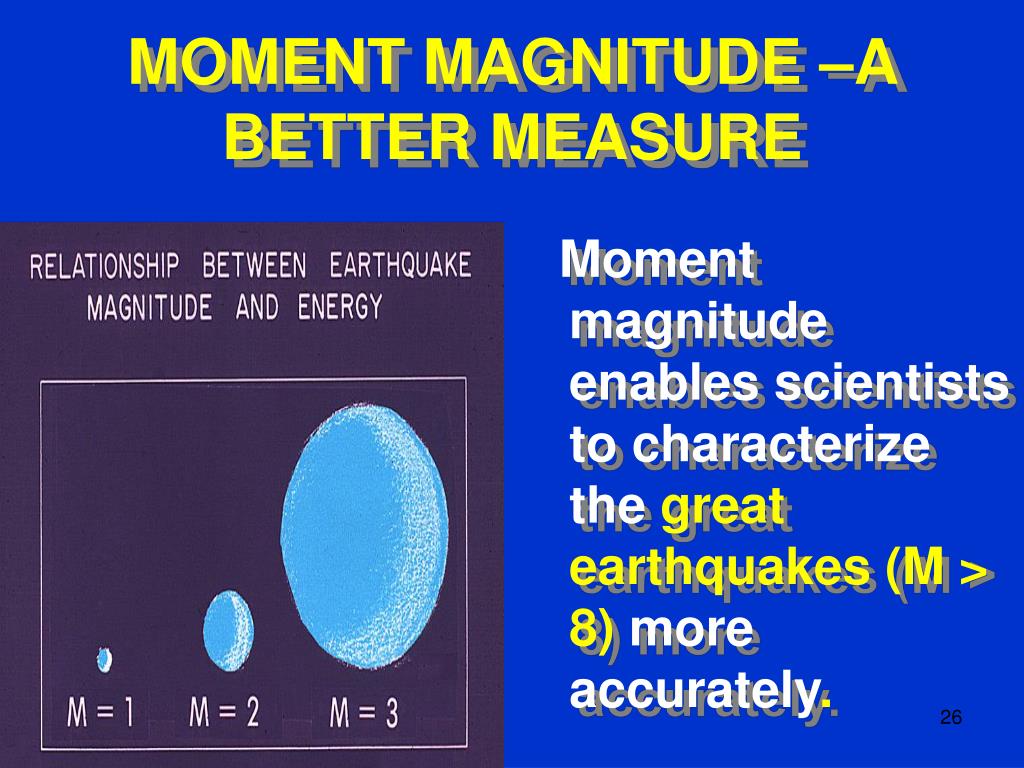
His original definition held only for California earthquakes occurring within 600 km of a particular type of seismograph (the Woods-Anderson torsion instrument). Richter, a seismologist at the California Institute of Technology, introduced the concept of earthquake magnitude. For all other earthquakes, the moment magnitude (Mw) scale is a more accurate measure of the earthquake size.Īlthough similar seismographs had existed since the 1890's, it was only in 1935 that Charles F. The Richter Scale (M L) is what most people have heard about, but in practice it is not commonly used anymore, except for small earthquakes recorded locally, for which ML and short-period surface wave magnitude (Mblg) are the only magnitudes that can be measured. More on that later.įrom Richter's (1958) book, Elementary Seismology.(Public domain.) Thus, we now use measurements that describe the physical effects of an earthquake rather than measurements based only on the amplitude of a waveform recording. But for very large earthquakes, some magnitudes underestimate true earthquake size, and some underestimate the size. When initially developed, all magnitude scales based on measurements of the recorded waveform amplitudes were thought to be equivalent. Because of the logarithmic basis of the scale, each whole number increase in magnitude represents a tenfold increase in measured amplitude as measured on a seismogram.

For example, a magnitude 5.3 is a moderate earthquake, and a 6.3 is a strong earthquake. Magnitude is expressed in whole numbers and decimal fractions. See the Intensity section below for more details on shaking intensity measurements. The shaking that it causes has many values that vary from place to place based on distance, type of surface material, and other factors.

Magnitude is the size of the earthquake. An earthquake has a single magnitude. Modern systems precisely amplify and record ground motion (typically at periods of between 0.1 and 100 seconds) as a function of time. Sensitive instruments, which greatly magnify these ground motions, can detect strong earthquakes from sources anywhere in the world. Each seismometer records the shaking of the ground directly beneath it. Seismometers record the vibrations from earthquakes that travel through the Earth. The time, location, and magnitude of an earthquake can be determined from the data recorded by seismometer.


 0 kommentar(er)
0 kommentar(er)
